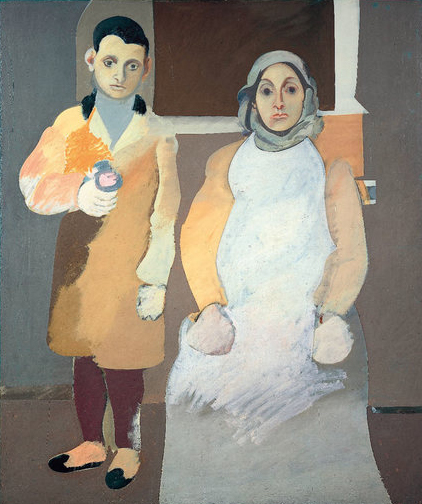Andrew Graham-Dixon on a retrospective exhibition of Arshile Gorky's paintings at the Whitechapel Gallery
WE LIVE, it is often said, in a period of aesthetic reappraisal, a time when it has become fashionable to rediscover lost geniuses and resurrect schools of painting long consigned by museum curators to the store room. It is less often noted that the forces behind such reassessments are at least as conservative as they are radical: the effect is invariably to promote, rather than demote, the artist or artists involved. The art mar-ket, hungry for new commodities, doubtless plays its part. (MORE)
''Arshile Gorky'', at the Whitechapel Art Gallery, is an unusual exhibition. It suggests that Gorky, long considered a pivotal figure in the development of American art, variously acclaimed as the last of the Surre-alists and the first of the Abstract Expressionists, was perhaps less significant a figure than he has been cracked up to be. This show - although those responsible for it would probably disagree - raises the awkward possibility that Gorky just may have been an average painter, a petit maitre who has been remembered as a genius for reasons of art historical convenience.
Gorky's was a career based on imposture and impersonation. Arriving in America in 1920 as an Arme-nian refugee, Vosdanik Adoian changed his name to Arshile Gorky and passed himself off as a Russian. This was, perhaps, an understandable strategy for an immigrant artist with ambitions for self-betterment. Most Americans, after all, knew where Russia was, and that it was the sort of place you might expect an arty type to come from - but Armenia? Forget it. The self-invention, however, didn't end there. By 1926, a journal-ist for the New York Evening Post could write, of this ''23-year-old Russian painter'', that ''he is a cousin of the...


